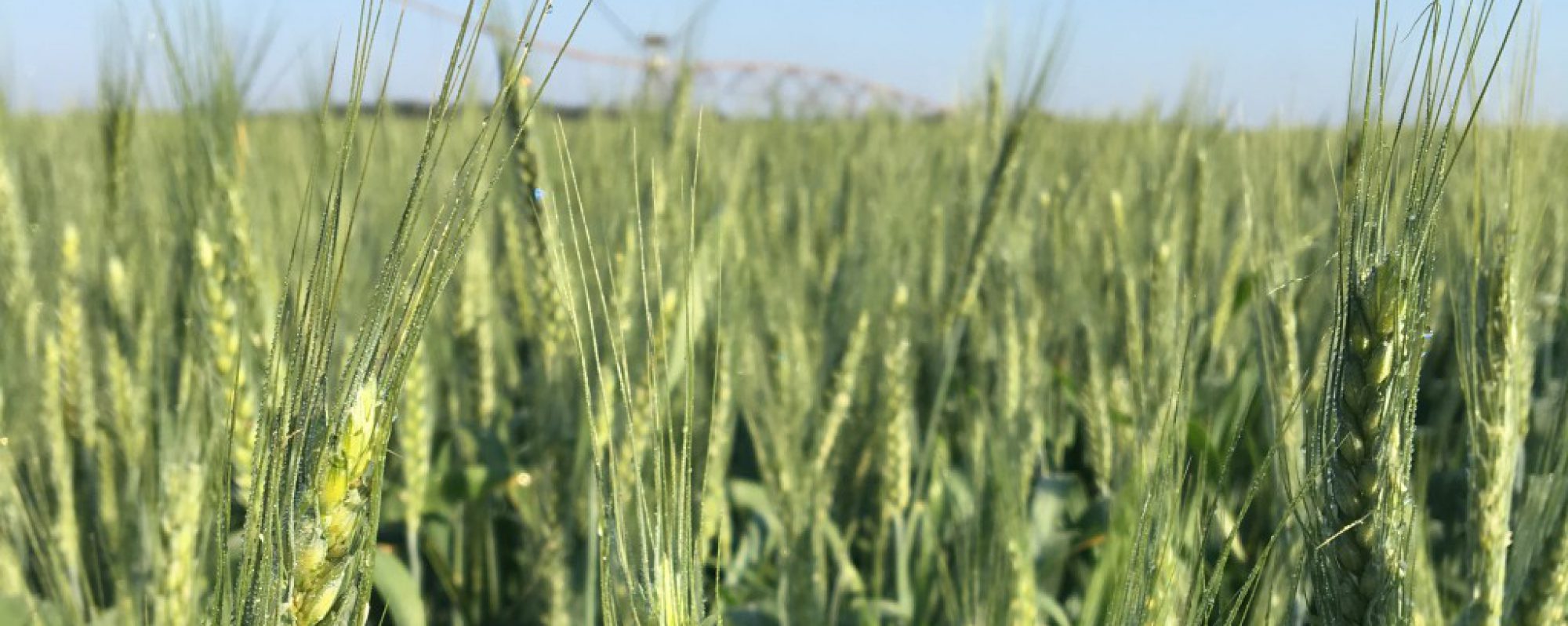What a season it has been for our watermelons and cantaloupes. We are picking cantaloupes now and watermelons are starting this week and this weekend. Gummy stem blight has been the main disease we’ve fought this season, diagnosing it nearly every week for the past month or so. So far, anthracnose has only been seen in a few counties in GA. Growers have done very well getting ahead of downy mildew with the hurricane. So far it is still in Tifton in cucumber. We are now including powdery mildew in our fungicide rotation to get us through to the end.
It’s still been wet on the north side of the county this and last week, and this has led to some vine crash. We though we had phytopthora in a few fields, but it turned out to be pythium due to water in the field. Below is information from UGA Extension Pathologist Dr. Bhabesh Dutta about current watermelon issues:
Watermelon vine crash or decline has been reported from number of fields from different counties in southwest GA. Based on the county extension agents’ reports and also from the personal observations made by extension specialists (B. Dutta and T. Coolong), symptoms of vine decline are mostly associated with low-wet spots in the fields. However, we have been to number of fields where vine decline was observed on the high spots in field. There are couple of possibilities:
-

Pythium confirmed in this field and you can see where water ran through Due to heavy rains and high moisture content in the low areas of the field, watermelon plants could potentially be physiologically stressed especially when they have a heavy fruit load. In addition, roots may have been pruned back during the period of heavy rains or growth of roots may not have kept up with shoot growth. Now that there is a heavy fruit load along with hot and humid conditions, the roots may not be large enough to support the plant, resulting in crashing.
- Other potential and likely cause could be Fusarium infection. As we discussed earlier that Fusarium can cause symptoms like wilting or damping off during early seedling phase. Unilateral wilting of vine can be observed until 4 weeks of transplanting. However, if plants can survive during early phase of Fusarium attack, plants usually grow normal and tend to have good fruit set. After fruit set and 2-3-weeks before harvest maturity, Fusarium infection can overwhelm watermelon plant and ultimately wilt. Vine decline can be exacerbated by sudden wet and dry cycle of soil moisture. Note: according to recent findings, most damage to xylem in mature plants has been associated with toxin produced by Fusarium. Hence, it may get difficult for the diagnostician to isolate from the discolored vascular bundle.
- While some gummy stem blight has been found in fields that does not seem to be the root cause of this situation. In fact, we haven’t correlated any foliar diseases to the incidence of vine crashing – it seems to be physiologically related to high moisture in soils from 2-3 weeks ago or FON.

